Frosted Daisies |
|||||||||||||||||||||||||
 |
 |
||||||||||||||||||||||||
Crocheted top / t-shirt in DROPS Belle. Piece is crocheted top down with raglan, lace pattern and bobbles. Size: S - XXXL
DROPS 231-38 |
|||||||||||||||||||||||||
|
---------------------------------------------------------- EXPLANATION FOR THE PATTERN: ---------------------------------------------------------- PATTERN: See diagrams A.1 to A.10. CHAIN STITCH: If you work at the end of crochet hook the chain stitch will often be too tight. 1 chain stitch should be just as long as 1 treble crochet is wide. CROCHET INFORMATION: On every round beginning with treble crochets replace first treble crochet with 3 chain stitches, finish round with 1 slip stitch in 3rd chain stitch. On every round beginning with double crochets replace first double crochet with 1 chain stitch and finish round with 1 slip stitch in first chain stitch. When working pattern (i.e. treble crochets and chain stitches) work as follows: When round begins with 1 treble crochet, replace first treble crochet with 3 chain stitches, and finish round with 1 slip stitch in 3rd chain stitch. When round begins with 1 chain stitch, replace last treble crochet with 3 chain stitches as follows: Work 3 chain stitches (replace last treble crochet), 1 chain stitch (first chain stitch in pattern), skip last treble crochet and finish round with 1 slip stitch in 3rd chain stitch, work 1 double crochet around first chain stitch (this is done to avoid the round from displacing). LACE PATTERN: Work pattern where the diagram do not fit over raglan line and under sleeve as follows: ROUND 1: Work * 1 treble crochet around next chain stitch, 1 chain stitch, skip 1 treble crochet *, work from *-*. ROUND 2: Work * 1 chain stitch, skip 1 treble crochet, 1 treble crochet around next chain stitch *, work from *-*. Adjust which round to begin on according to pattern in diagram. INCREASE TIP: Increase in stitch in each side as follows: Make sure that round before is a round where stitch mid under sleeve was worked as 1 chain stitch. Around this chain stitch work 1 treble crochet, 1 chain stitch and 1 treble crochet around same chain stitch (1 chain space increased). Increase like this in each side (2 chain spaces increased in total). ---------------------------------------------------------- START THE PIECE HERE: ---------------------------------------------------------- TOP - SHORT OVERVIEW OF THE PIECE: Work in the round top down. Divide yoke for body and sleeve edges and continue each part separately. YOKE: Work 84-86-90-92-96-102 CHAIN STITCHES - read explanation above, on hook size 4.5 mm with DROPS Belle and form a ring with 1 slip stitch in first chain stitch worked. Then work pattern as follows: Work 1 round with 1 treble crochet in every stitch and increase 4-2-18-16-12-26 treble crochet evenly = 88-88-108-108-108-128 treble crochets. Work pattern as follows: Work A.1, * A.2 3-3-4-4-4-5 times in total, A.3, A.4, A.5 *, A.6, work from *-* 2 times in total and finish with A.7. Continue pattern like this. REMEMBER THE CROCHET TENSION! When A.1, A.4, A.6 and A.7 have been worked 1 time vertically, there are 188-188-208-208-208-228 stitches on last round (bobbles are counted as 1 stitch). Then work pattern as follows: SIZE S-M-L: Work A.1a, * A.2a 4-4-5 times in total, A.3a, A.8a, A.4a, A.9a, A.5a, A.10a *, A.6a, work from *-* 1 more time and finish with A.7a. Work 5-8-8 rounds with pattern. SIZE L/XL - XL-XXL-XXXL: Work A.1a, * A.2a 5-5-6 times in total, A.3a, A.8a, A.4a, A.9a, A.5a, A.10a *, A.6a, work from *-* 1 more time and finish with A.7a. Work 11-14-14 rounds with pattern. Every time A.1a, A.4a, A.6a and A.7a are repeated vertically work 1 repetition more of A.2a and A.8a in width on front piece/back piece and 1 repetition more of A.9a and A.10a in width on each sleeve. ALL SIZES: Work next round in pattern but now replace bobbles in raglan line (i.e. the first 2 bobble in A.1a and in the middle of A.4a and A.6a) with treble crochets (i.e. 1 bobble = 1 treble crochet) = 236-260-280-304-328-348 stitches. Piece measures approx. 23-26-26-30-34-34 cm. Work pattern as before, but over A.1a, A.4, A.6 and A.7 work LACE PATTERN – read explanation above and read CROCHET INFO = 232-256-276-300-324-344 stitches. Continue pattern like this. Work lace pattern where the pattern does not fit and lace pattern and bobble according to diagram as before over stitches on back piece/front piece and sleeves. When piece measures 26-28-29-31-33-35 cm, fasten off. Now divide piece for body and sleeve edges as follows: Begin by counting from the middle stitch on back piece (i.e. in the middle of 2 raglan lines), count 32-35-38-42-47-51 stitches towards beginning of round, next round begins in/around next stitch. Work 1 double crochet in/around next stitch, 3 chain stitches (replace first or last treble crochet), work pattern as before over the next 64-70-76-84-94-102 stitches, replace the bobble that do not fit a whole flower with 1 treble crochet, skip the next 51-57-61-65-67-69 stitches for sleeve, work 9 chain stitches under sleeve, work pattern as before over the next 65-71-77-85-95-103 stitches, skip the next 51-57-61-65-67-69 stitches for sleeve and work 9 chain stitches under sleeve and finish round with 1 slip stitch in 3rd chain stitch at the beginning of round. BODY: = 148-160-172-188-208-224 stitches. Work pattern in the round as before, work pattern (i.e. 1 treble crochet, 1 chain stitch) over stitches worked under sleeve. Insert 1 marker in the middle stitch under each of sleeve. When piece measures 4 cm from division, increase 1 chain space in each side of piece – read INCREASE TIP! Increase like this every 4 cm 3-3-3-4-4-4 times in total = 160-172-184-204-224-240 stitches. Continue the pattern as before, work the increased stitches in pattern as the remaining stitches that do not fit the diagram. When piece measures approx. 19-19-20-20-20-20 cm from division, finish nicely according to pattern, work 1 round with 1 treble crochet in every treble crochet, 1 treble crochet around every chain stitch, and 1 treble crochet in each bobble (if there are any). Cut and fasten the yarn. SLEEVE EDGE: Now work over 51-57-61-65-67-69 stitches skipped for sleeve edges in one side as follows. Work 1 double crochet in 5th chain stitch worked under sleeve, work 3 chain stitches (replace first treble crochet), 1 treble crochet in every treble crochet and 1 treble crochet around every chain stitch = 60-66-70-74-76-78 treble crochets. Cut and fasten the yarn. Work the other sleeve edge the same way. NECK EDGE: Work 1 double crochet in stitch mid back, work 1 chain stitch (replace first double crochet), work 1 double crochet in every stitch around the neck and finish round with 1 slip stitch in chain stitch at the beginning of round. |
|||||||||||||||||||||||||
Diagram explanations |
|||||||||||||||||||||||||
|
|||||||||||||||||||||||||
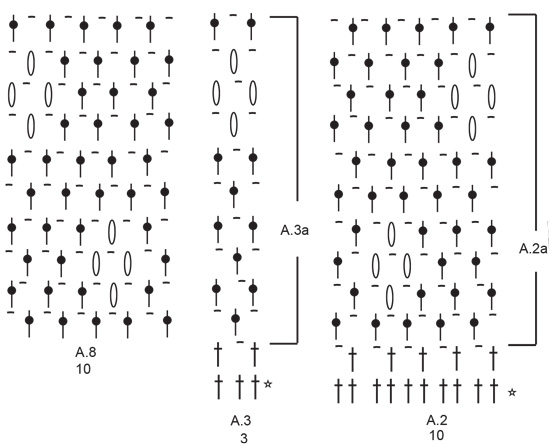
|
|||||||||||||||||||||||||
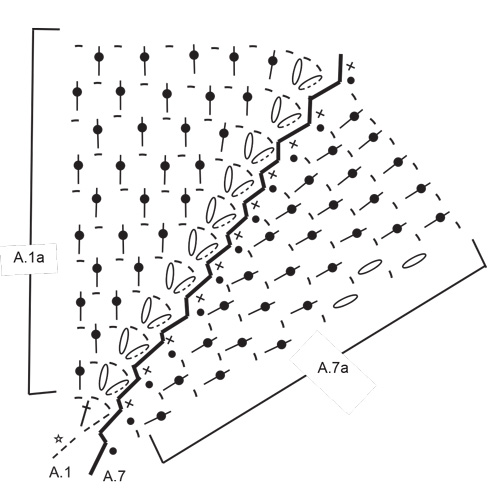
|
|||||||||||||||||||||||||

|
|||||||||||||||||||||||||

|
|||||||||||||||||||||||||
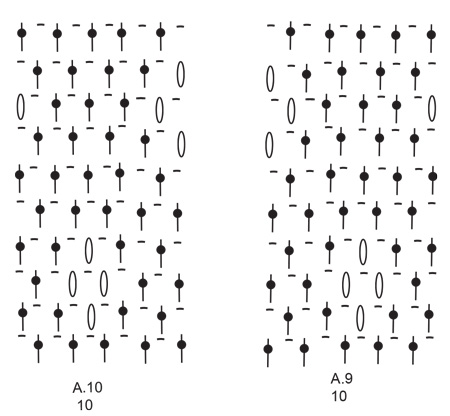
|
|||||||||||||||||||||||||
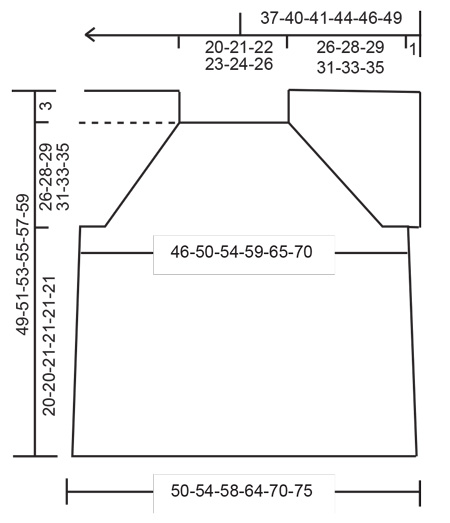
|
|||||||||||||||||||||||||
|
Have you made this or any other of our designs? Tag your pictures in social media with #dropsdesign so we can see them! Do you need help with this pattern?You'll find tutorial videos, a Comments/Questions area and more by visiting the pattern on garnstudio.com. © 1982-2024 DROPS Design A/S. We reserve all rights. This document, including all its sub-sections, has copyrights. Read more about what you can do with our patterns at the bottom of each pattern on our site. |
|||||||||||||||||||||||||

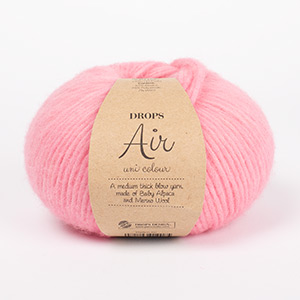







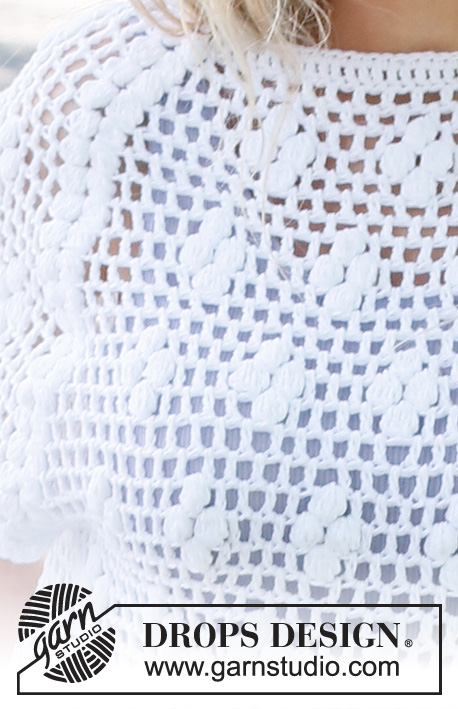

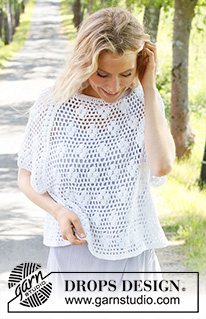
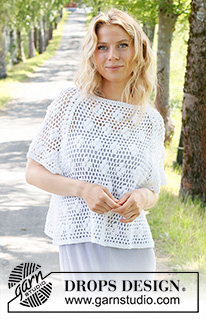
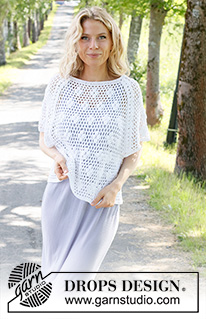


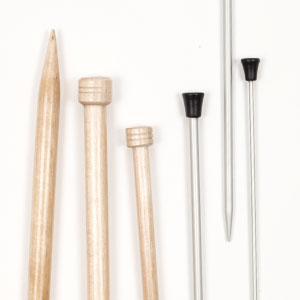
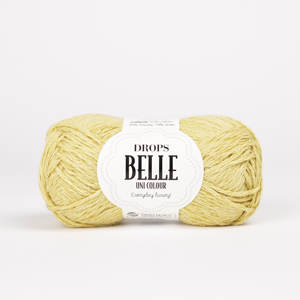












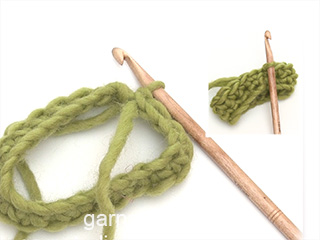


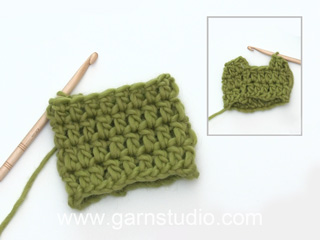
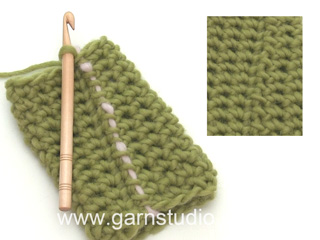
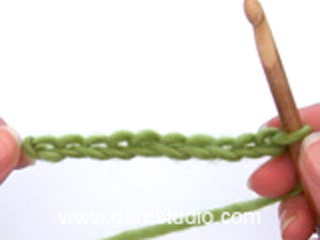
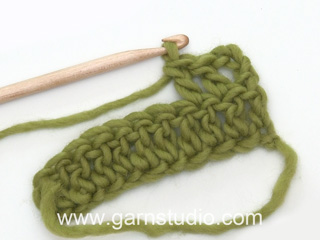
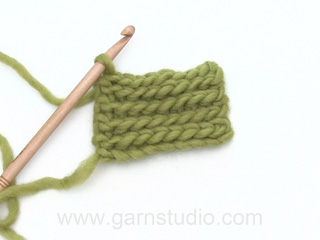
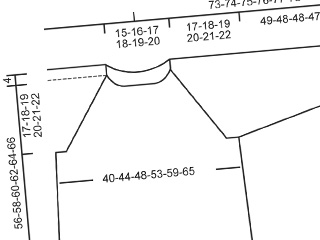
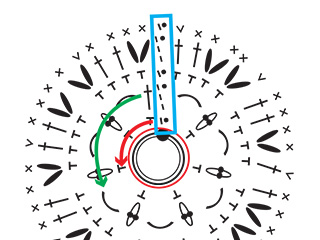
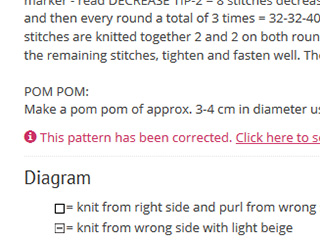
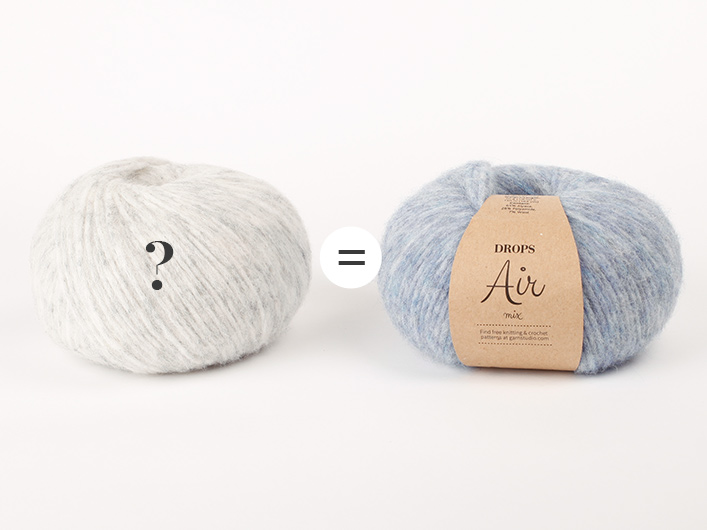

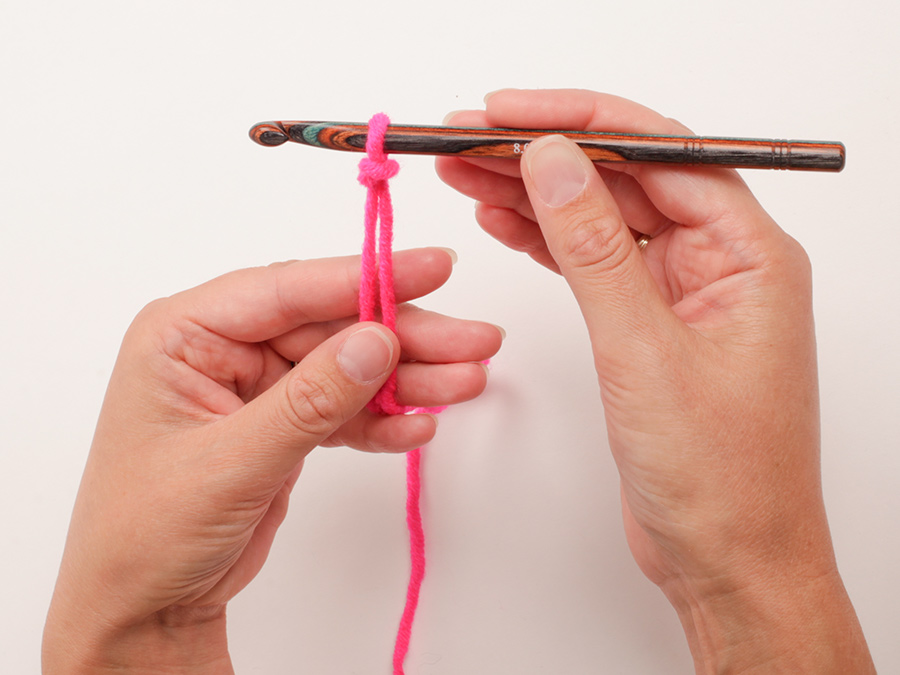
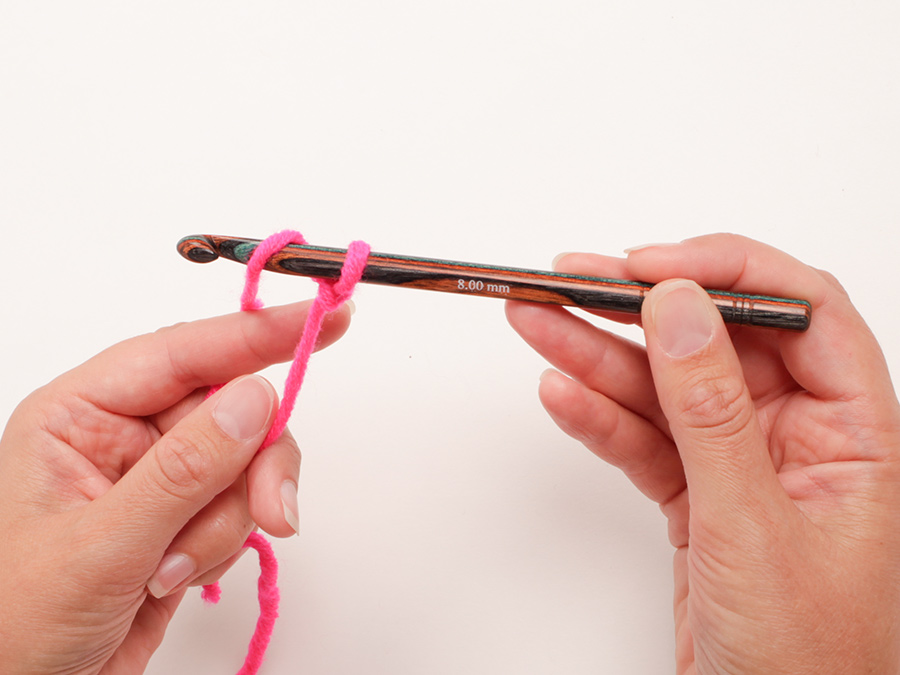

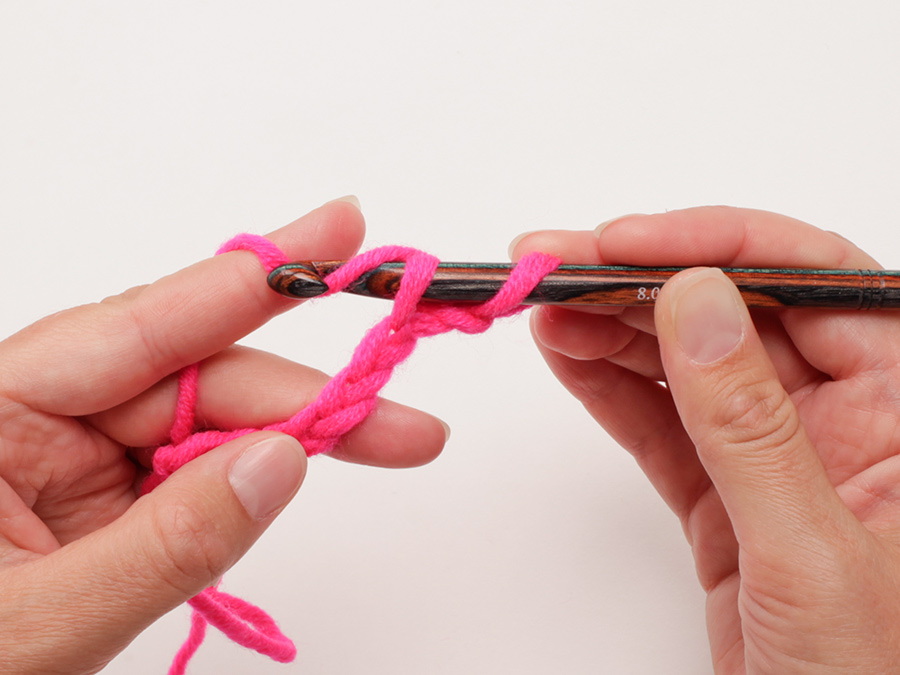
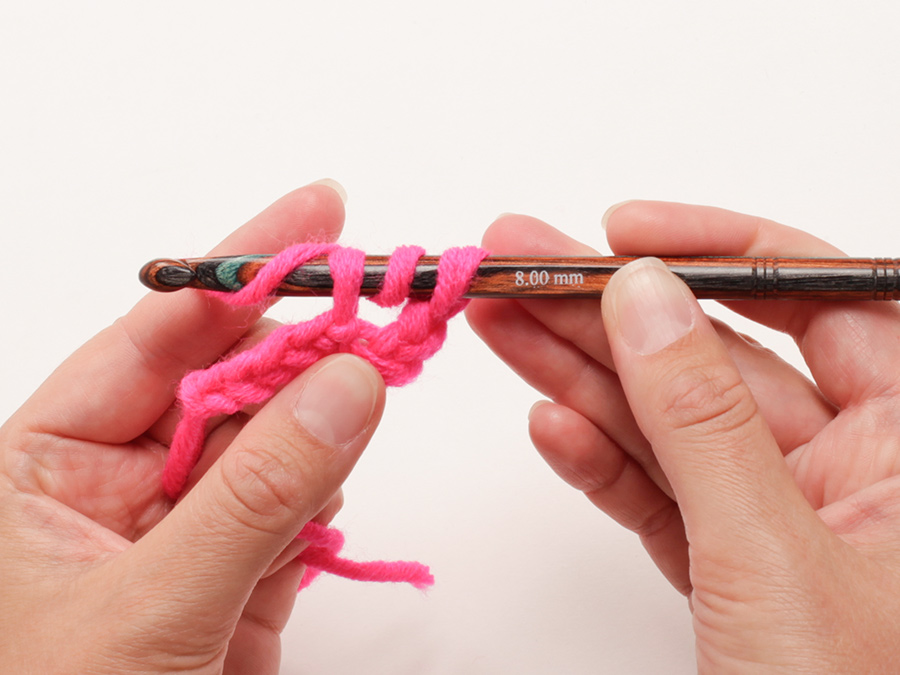


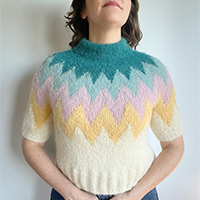
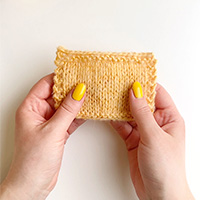
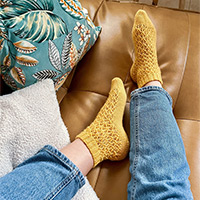
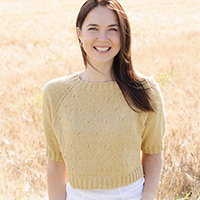
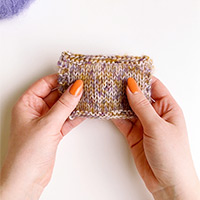
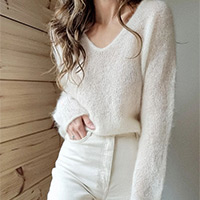
Comments / Questions (20)
This pattern is awful, even writing down and drawing out what every row should look like, adding up the stitches to match the total, i still can't get it to work. I have no idea where there are supposed to be increases, and from the diagrams its difficult to tell what stitches go in what stitches in the row below. I've given up.
17.11.2023 - 05:47Ik heb het patroon in maat L geprobeerd te haken maar op een gegeven mlment staat er voor maat L twee verschillende patroonbeschrijvingen. Als ik de eerste kies, kom ik niet uit met de benodigde steken. Hoe moet ik het patroon volgen? Klopt het patroon wel? Er zit geen fout in?
07.10.2023 - 14:20Hej! Jag kan inte fatta. vad jag gör för fel. Hur jag än räknar, så blir det fel, när jag ska virka första mönstervarvet. De 88 maskorna i stl S räcker inte till. Kan ni hjälpa mig, att förstå?
30.07.2023 - 13:11DROPS Design answered:
Hej Monica, Virka A.1 (= 1m), * A.2 totalt 3gånger (= 30m), A.3 (= 3m), A.4 (= 1m), A.5 (= 9m) *, A.6 (1 m), virka *-* totalt 2 gånger och avsluta med A.7 som är en smygmaska (räknas inte som m). Det vill säga: 1m + 43 + 1 + 43 + smygmaskan = 88 m
07.08.2023 - 11:07Hallo, ich habe schon viel gehäkelt, aber das verstehe ich nicht. Unter dem 1. Kommentar wird erklärt wie es gehen soll. Die Rechung geht nicht auf, weil dort129 Maschen erklärt werden und den Rest verstehe ich gar nicht. Vielleicht kann mir einer Mal erklären wie es denn nach der Zunahme jetzt richtig geht. Die Größe ist XXL. Danke, ansonsten gebe ich auf.
20.06.2023 - 21:07Jeg kan ikke få maskeantal til at passe i str. xxxl. Jeg har hæklet stangmaskerækken, og har 128 masker. Så har jeg hæklet A.1 en gang, A.2 5 gange, A.3 en gang, A.4 en gang, A.5 en gang, A.6 en gang, A.2 5 gange, A.3 en gang, A.4 en gang, og nu har jeg kun 3 masker tilbage på omgangen, men mangler at hækle A.5 og A.7 en gang. Hvad gør jeg forkert?
11.04.2023 - 21:30DROPS Design answered:
Hei Jannie. Du har 128 masker, så hekler du A.1 (over 1 maske) + A.2 5 ganger (over 50 masker) + A.3 (over 3 masker) + A.4 (over 1 maske) + A.5 (over 9 masker) + A.6 (over 1 maske) + A.2 5 ganger (over 50 masker) + A.3 (over 3 masker) + A.4 (over 1 maske) + A.5 (over 9 masker) + A.7 (over 0 masker/blir en luftmaske og 1 kjedemaske i 3. luftmasken på begynnelsen av omgangen) = 1+50+3+1+9+1+50+3+1+9+0= 128 masker. mvh DROPS Design
17.04.2023 - 13:44So you do an entire round of A1 and then 4 rounds of A2? It's not clear what is meant by doing these, do you do A1 and A2 four times in the same round?
16.03.2023 - 20:28DROPS Design answered:
Dear Victoria, no you have to work 1st row all diagrams then 2nd row and so on, in this lesson we explain how to work several diagrams consecutively, it should help you. Happy crocheting!
17.03.2023 - 08:44This pattern is so confusing.. after the first round of double crochets I'm not sure if I repeat A2 4 times or if I repeat A2, A4, A5 etc 2 times
16.03.2023 - 12:53DROPS Design answered:
Dear Victoria, in 3rd, 4th and 5th size, work as follows: crochet A.1 one time (first raglan line), then *crochet A.2 a total of 4 times in width, then crochet A.3 one time, crochet A.4 one time (2nd raglan line), crochet A.5 one time*, crochet A.6 (3rd raglan line) one time, then work now from *-* one more time (A.4 will be the 4th raglan line) and finish the round with A.7 (joining to the first raglan line). Happy crocheting!
16.03.2023 - 15:53Bonjour, "En commençant à partir de la maille au milieu dos, compter 42 mailles vers le début du tour, le tour suivant commence dans/autour de la maille suivante" : je ne comprends pas exactement ce qu'il faut faire. "je compte 42 m.", cela veut dire "je passe 42 m sans les crocheter" ? Que veut dire "le tour suivant commence autour de la maille suivante" ? Merci de votre aide.
05.12.2022 - 13:07DROPS Design answered:
Bonjour Prunelle40, vous allez commencer ce tour 42 m avant le milieu du dos, et plus là où vous commenciez les tours auparavant. Notez la maille centrale, comptez 42 m vers la droite (avant cette maille), joignez le fil avec 1 maille serrée dans/autour de la maille suivante, 3 ml et crochetez les 84 m suivantes comme avant. Bon crochet!
06.12.2022 - 10:27Bonsoir, et merci pour votre aide ! J'ai atteint le niveau de l'empiècement avec les A8, A9 et A10. Par contre, le motif fait 10 tours donc en quoi consiste le 11ème tour (taille L-XL) ? Dois-je recommencer un rang 1 ? Mais cela n'irait pas puisqu'on me dit de continuer en point ajouré ! Merci
30.11.2022 - 23:08DROPS Design answered:
Bonjour Prunelle40, lorsque vous avez terminé les 10 rangs de A.9 et A.10, reprenez-les au 1er rang (comme pour les autres diagrammes) pour continuer les motifs et les nopes. Bon crochet!
01.12.2022 - 11:20Bonjour, sur votre site (pour un ouvrage de même construction), j'ai trouvé l'enchaînement des diagrammes. J'ai un peu bataillé donc pour celles qui se lanceront dans l'aventure, voici la suite (taille L-XL) : A1 - A2 (4 fois) - A3 - A4 - A5 - A6 - A2 (4 fois) - A3 - A4 - A5 - A7. Et là, tout se met bien en place ! Bonne journée, have a good day !
25.11.2022 - 12:05